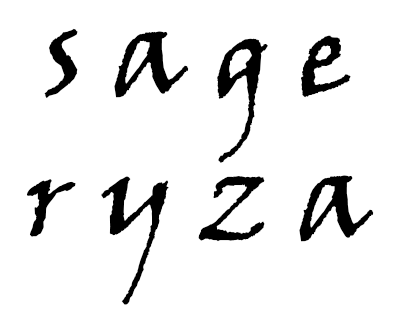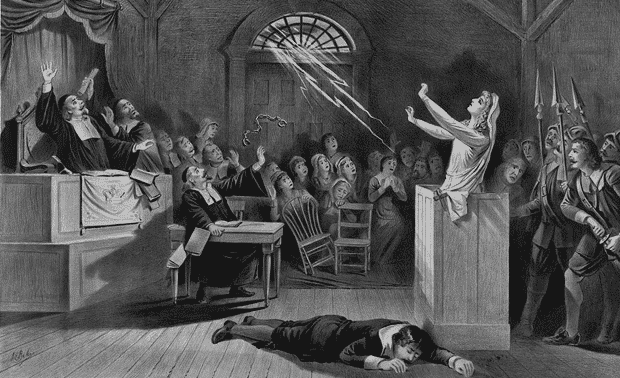Hold on to your pointy hats, because we're about to delve into a tale of fear, intrigue and the power of superstition.
It turned a small village into a cauldron of chaos.
1. A Terrifying Blend of Politics and Paranoia
In 1692, Salem was a powder keg of personal vendettas and political instability. When the witch trials began, accusations flew as a convenient way to eliminate enemies and settle old scores. The fear of witchcraft was real, but the motivations were often dangerously personal.
2. The Parris Family Spark
The whole hysteria started in the household of Reverend Samuel Parris when his daughter and niece began exhibiting strange behaviors and symptoms. Their mysterious afflictions set off a panic that spiraled out of control, with witchcraft quickly blamed as the cause.
3. Fever Pitch Fears
Imagine living in a time when the devil felt as real as the ground under your feet! The Puritans of Salem genuinely believed that the devil was attacking their community, and witches were his willing accomplices. This fear turned neighbor against neighbor in a deadly game of supernatural suspicions.
4. Economic Tensions Turn Toxic
Did you know that Salem was divided into two contentious parts? Salem Town was wealthy and prosperous, while Salem Village was struggling and fraught with infighting. Many of the accused witches came from the poorer part of town, and the witch trials amplified existing economic divides.
5. Girls Gone Wild
The young accusers, including Abigail Williams and Betty Parris, wielded an unprecedented amount of power during the trials. Their dramatic "afflictions" during trials could sway judges and juries, condemning those they accused. Were these episodes of mass hysteria or calculated manipulations? The debate continues!
6. No Actual Burning!
Shockingly, despite popular belief, none of the witches in Salem were burned at the stake. Nineteen were hanged, one was pressed to death, and several more died in jail. The myth of burning at the stake is a stark misconception tied to European witch trials.
7. A Deadly Domino Effect
Once the trials started, the fear was so intense that nearly anyone could be accused. From a four-year-old child to a wealthy grandmother, the witch hunt spared no one, demonstrating how deep the panic had woven itself into the fabric of their society.
8. Aftermath and Apology
Years later, the madness of 1692 was recognized for the tragedy it was. The trials were deemed unlawful, and the colony issued apologies and restitution to the affected families, but the scars remained in Salem, a haunting reminder of what fear can do to a community.

